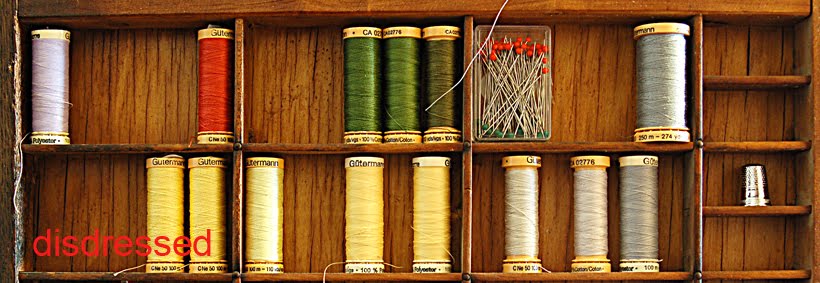In any case, thanks for all your thoughtful comments on my post. Truthfully, by the time I wrote it I had pretty much decided it was ok. As several people pointed out, the Anthropologie tree really is quite different from mine, even if the original inspiration did come from my work. I appreciate your thoughts and responses to it.
In the meantime, back to book week! Here's one that Todd and Tsia picked out for my birthday, completely on their own. They chose well.

Like books #1 and #2, this book was also written by someone exploring a new place: the author moved to Japan for two years to learn about its culture, fashion and people. But unlike the other two books, this one focuses exclusively on one aspect of that culture: the kimono. And it turns out that there is plenty to learn from such a deceptively simple garment.
The construction of the kimono is, in itself, fascinating. According to the book, contemporary kimonos are made from one strip of fabric, in one single width for the front, back, and sleeves. The fabric is woven or printed directionally so that front and back will look the same once the kimono is assembled (no shoulder seam). And all kimonos are made with the same measurements: one for men's and another for women's.
The fit of the kimono is accomplished exclusively by folding and tying, which requires lots of training to accomplish. The collar should fall to reveal part of the back neck, the front should align with the stocking seam on the right leg, the length of the kimono must be just the correct height, etc. Various padding and layers are added to give it the proper shape and volume.
And the best part? One wears different kimonos in different seasons, and the combination of fabrics, textures, and patterns is an art in itself. So of course I love all the photos of kimonos and obis (the wide belt that's worn over the kimono), both historic and contemporary, in this book. The combinations are spectacular and unusual. Florals and checks, stripes and geometrics. And I thought matching men's clothing was fun, with the suits, shirt, and tie patterns and textures.




Dont you just love kimonos? :)
ReplyDeleteThese are great* I love looking at the rich patterns and colors on Kimonos.
ReplyDeleteI love kimonos too! When we were in Japan, our friend took us to a kimono store. Yikes! The one I liked was $7000, not including the obi, shoes, or matching purse. Hiromi told us most people these days rent them.
ReplyDelete